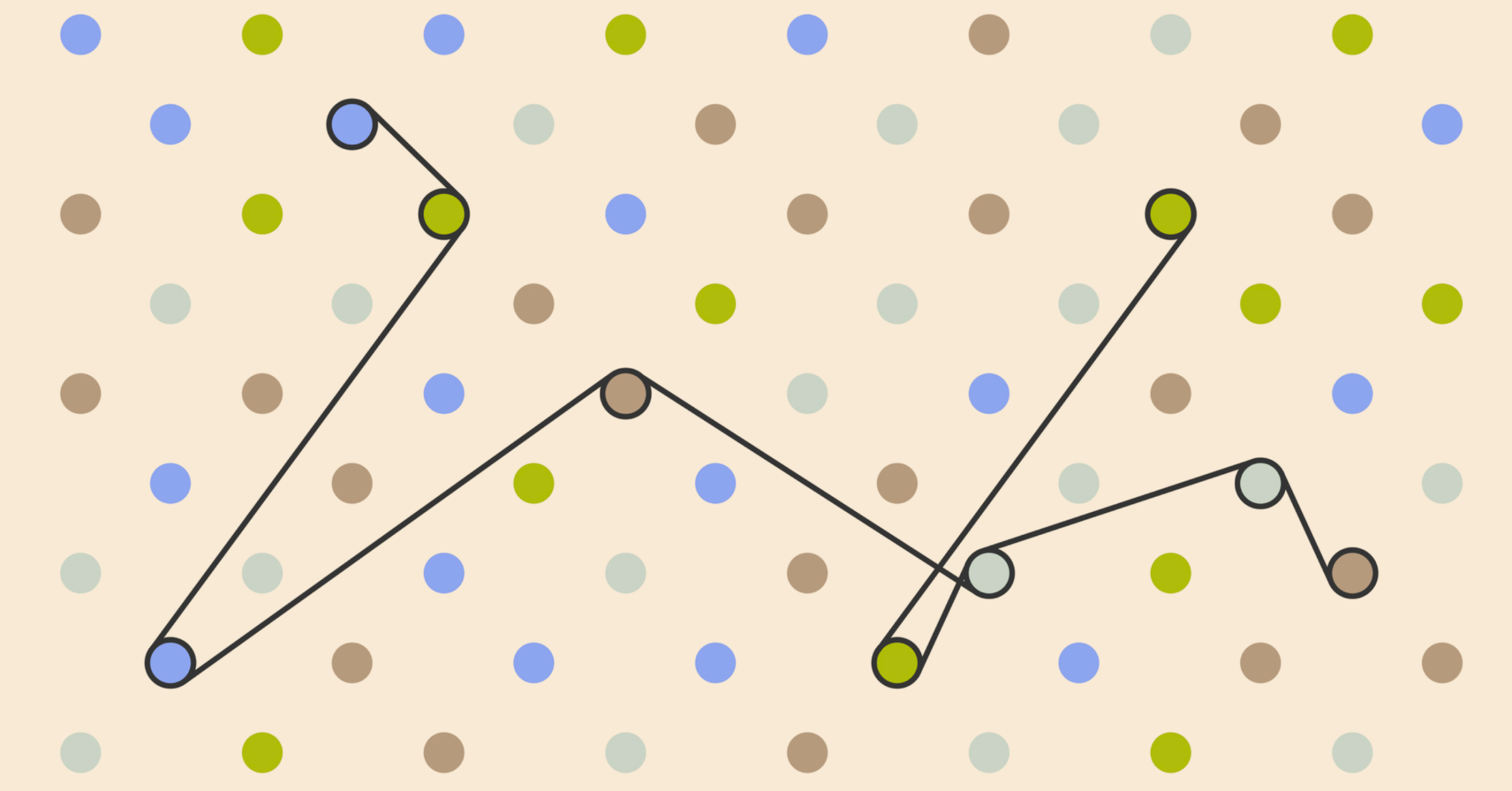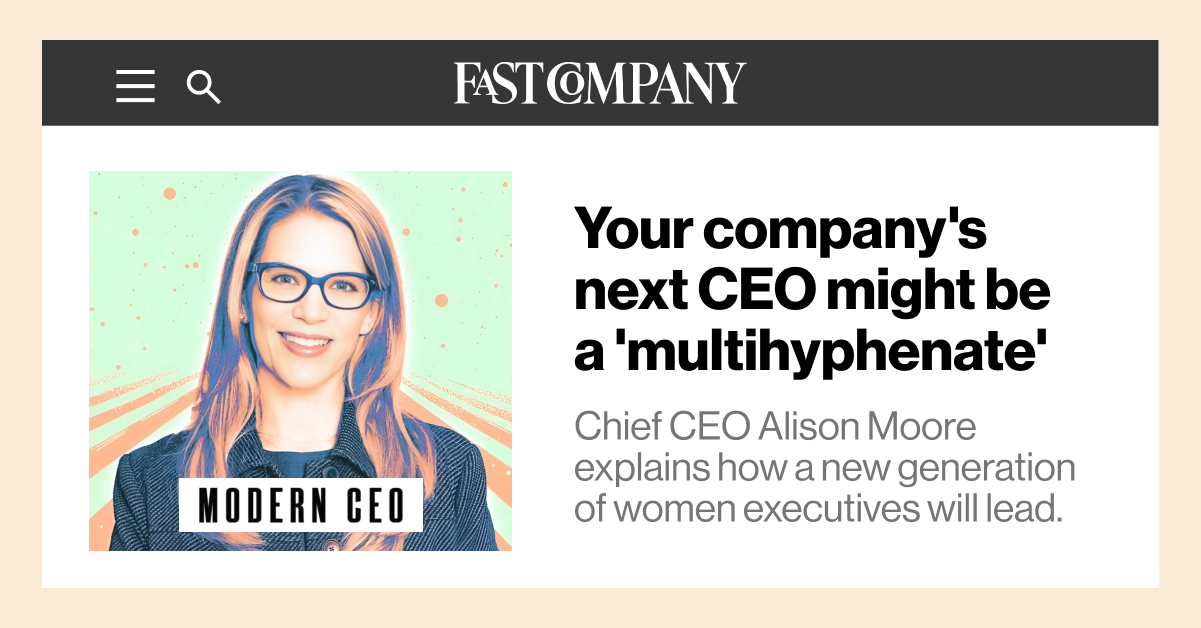For many employees, company culture and leadership are among the top factors that influence them to stay or leave an organization. But unlike poor leadership, which can often be fixed by addressing an individual’s actions, culture is something that is often ingrained in company policies and practices and must be viewed through a holistic lens to spark change.
In her latest book, “Cultures of Growth,” social psychologist Mary Murphy uses her decade-long research experience to uncover how an organization’s culture impacts both team and individual success. She explains in the below excerpt that there are two common types of culture — fixed and growth — and how the latter is what leaders should strive for to spur collaboration and take their team from good to great.
— Courtney Connley

Photo Credit: Simon and Schuster, Inc.
Excerpt from, "Cultures of Growth: How the New Science of Mindset Can Transform Individuals, Teams, and Organizations"
It’s a tale of two cultures: a fixed mindset culture — what I call a culture of genius, versus a growth mindset culture — a culture of growth.
Cultures of growth want smart people, but they want them to be highly motivated and excited about further developing their abilities by learning, trying new strategies, and seeking help when they're stuck. As a result, people’s job applications are likely to highlight not only their successes, but also the challenges they overcame to get there, their commitment to their work, and their desire to develop further. A culture of growth centers the belief that talent and ability can be honed and enhanced through good strategies, mentoring, and organizational support.
Here are some ways to create your own collaborative culture of growth, while minimizing negative internal competition in your organization.
Conduct a Cues Audit
When getting to know an organization, my team almost always conducts a cues audit where we identify the policies, practices, and norms in place and whether they’re pushing people more toward their fixed or growth mindsets. You can do something similar in your organization. You’ll want to focus on the regular, routine ways of operating that might be putting people at odds with one another, undermining group cohesion.
When we do a cues audit, we typically start with the organization’s affinity groups, which represent people from negatively stereotyped, structurally disadvantaged, or numerically underrepresented backgrounds. As we know from my research, those individuals tend to be more vigilant to cues in the local environment that signal whether there are norms of respect, inclusion, and collaboration in a company. For example, asking racial affinity group members about their experiences of collaboration and inclusion on teams tells me a lot about a company’s behavioral norms. Sometimes I hear that groups feel the company trots them out “like window dressing” and “tokens” to “make the company look good” but, when it comes down to the work, these individuals are not provided with challenging work assignments and access to networks that will allow them to grow and develop.
When we start the cues audit, I often describe the mindset continuum, and then talk about how different policies and practices can communicate these mindsets. I then ask folks, “What are some of the interactions, policies, or practices in your day-to-day work where you feel like fixed-or growth-mindset messages are communicated?” And we go from there.
Pay Attention to Data
A common misperception is that cultures of growth are less data-oriented than cultures of genius. In fact, the reverse is often true. Because of the belief in geniuses, people rely more on their (or the genius’s) gut since looking at data can challenge them. I can often tell whether we are dealing with a culture of genius when there is a reluctance to examine data or share it across teams, divisions, and with groups brought in to help the company improve.
In cultures of genius, people may insist that interpersonal competitiveness is a key element of their success, and yet if they look at it, the data often tells a different story — one that doesn’t match the corporate mythology. In our research, we’ve seen that teams with stronger cultures of growth adopt more cooperative behavioral norms in their work and this predicts higher performance on their quarterly evaluations (and greater employee satisfaction).
Recast Competition
Instead of having employees go head-to-head to defeat one another in a fixed way, you can encourage them to compete on the dimensions of collaboration, growth, and development. Tech company DigitalOcean offers non-financial incentives and awards for collaborative behavior, including Kindles pre-loaded with business books hand-picked by the CEO. At PepsiCo, employees’ annual bonuses are tied to what they’ve done to help other employees succeed. Consider how you might reimagine incentives and evaluative structures to value the individuals and teams who develop the most or demonstrate their ability to innovate together. What if recognition was given for a project that invoked the most cross-team or cross-departmental collaboration? Maybe even challenge teams to come up with ideas for growth-minded competition as their first task.
Redo Your Rating System
When Patagonia started asking questions of their own human resource system, one of the changes they made was to do away with their individual rating system. Dean Carter, head of human resources for Patagonia, says when it comes to managing people, he’s learned to follow models from the sustainable agriculture movement.
With today’s standard agricultural approaches, once a plant matures we pluck its fruit or cut it, then till the ground. As Carter explains, every time you do this you deplete the soil, then you have to invest resources to re-fertilize as you start the process again. It’s an approach focused entirely on extraction, which is also how we tend to treat the people who work within an organization. Carter realized that Patagonia was unintentionally eroding its own soil by focusing almost entirely on what the company could get from its employees without attending to what it gives back. He asked, “What processes in HR do we have that feel more extractive in nature and what are more regenerative?” Those questions led to Patagonia’s annual performance review process, which created a massive pain point during the year. As Carter describes, it was a “moment in time that the employee hates and the manager hates.” When Carter announced that Patagonia was overhauling its performance management process, employees “literally stood up and applauded.”
Now, instead of an annual evaluation, HR provides a tool that employees can opt into to help their performance “and they can lean into it as heavy as they need based on their personal needs and the needs of their manager,” says Carter. The new approach has resulted in improved employee performance and has freed up HR to look for interesting insights and data to help people further develop.
At part of GitLab's Talent Assessment Program, the software developer encourages managers to evaluate not just past performance, but also employees’ growth potential. As the company describes it, “Growth potential refers to the ability and desire of a team member to successfully assume increasingly more broad or complex responsibilities and learn new skills, as compared to peers and the roles' responsibilities outlined in their respective job family.” By determining an employees’ growth potential — which is evaluated against the four primary pillars of adaptability, expandability, consistency, and self-awareness — managers can calculate the best trajectory for them.
In true culture of growth fashion, the company notes that growth potential can also change over time relative to shifts in an employee’s skill set and abilities, along with their interests. You can incorporate something similar for your employees, helping them identify and realize opportunities for growth.
From "Cultures of Growth" by Mary C. Murphy, published by Simon and Schuster. Copyright © 2024 by Mary C. Murphy. Reprinted courtesy of Simon & Schuster, Inc.



